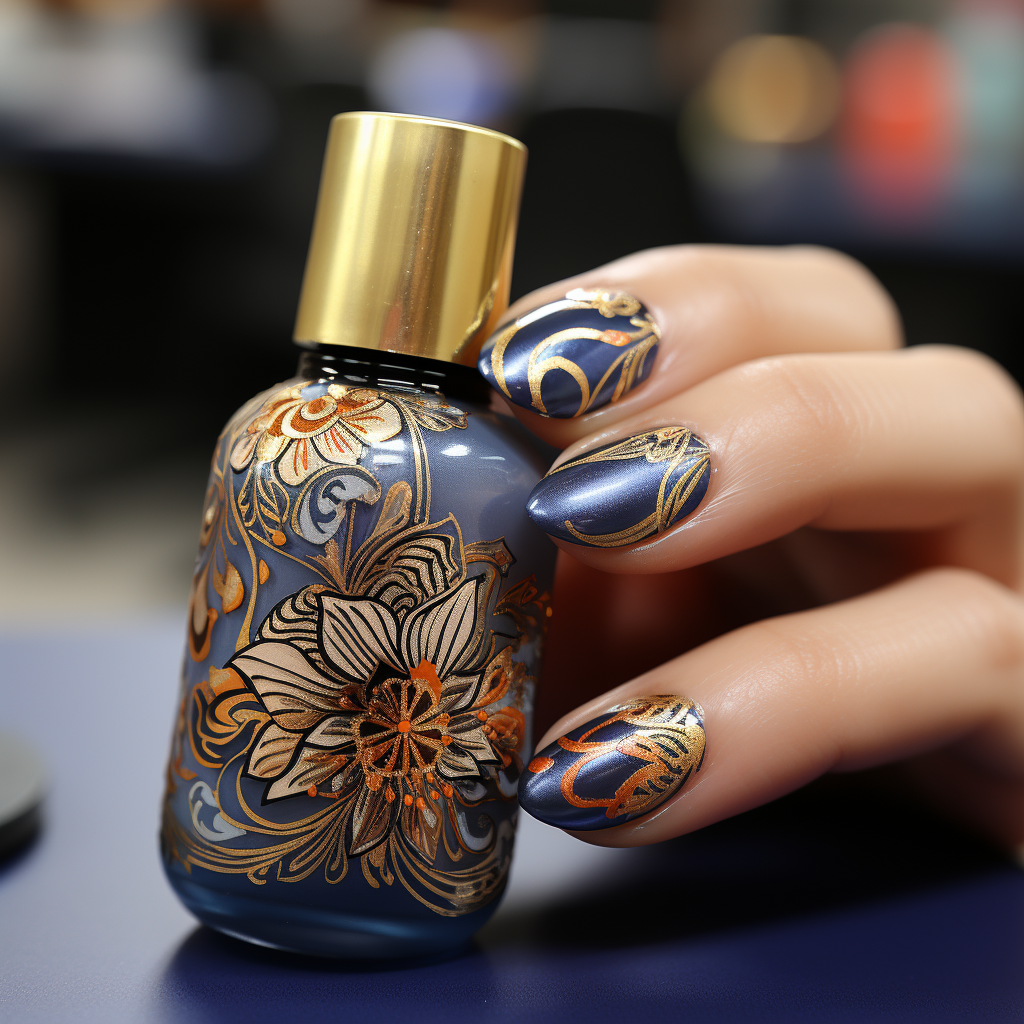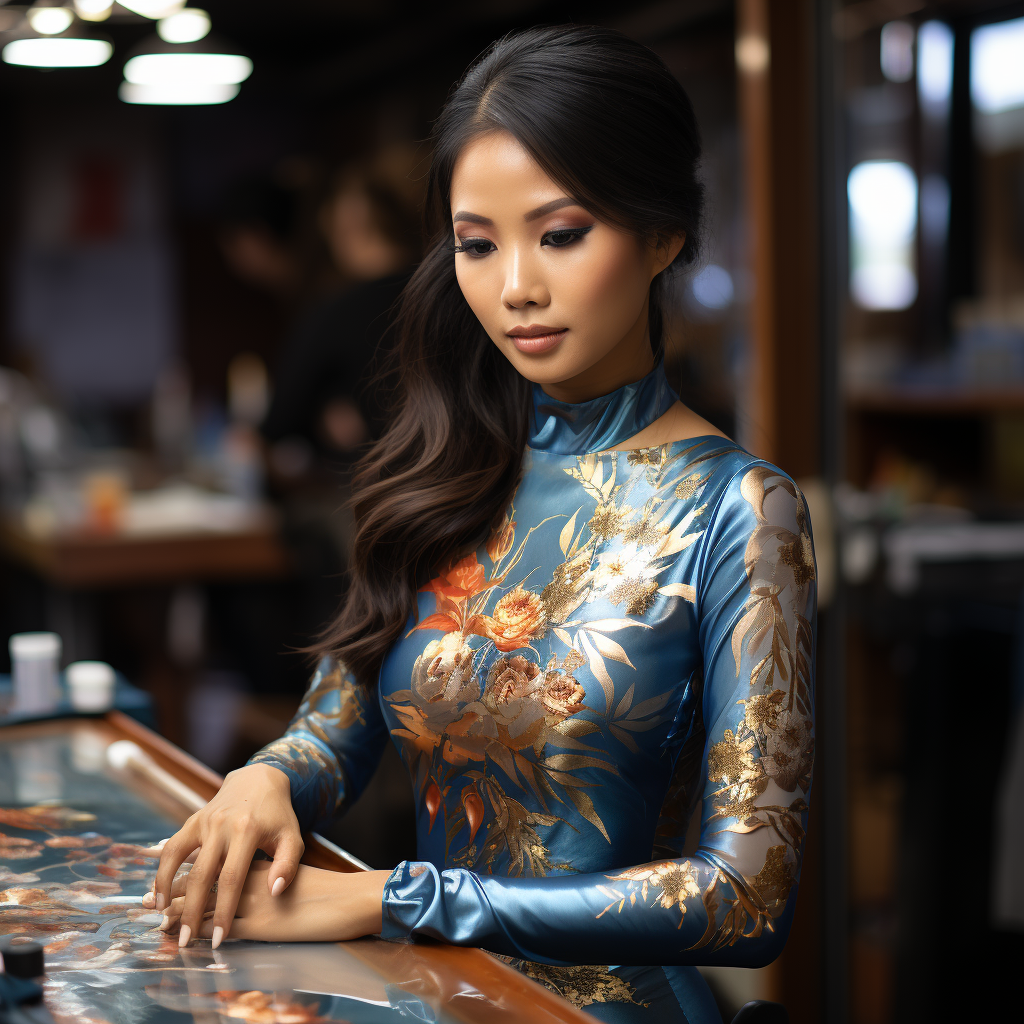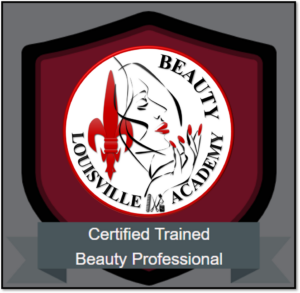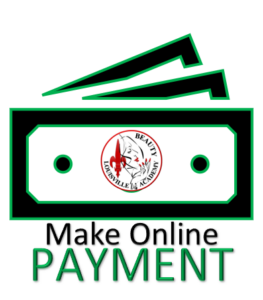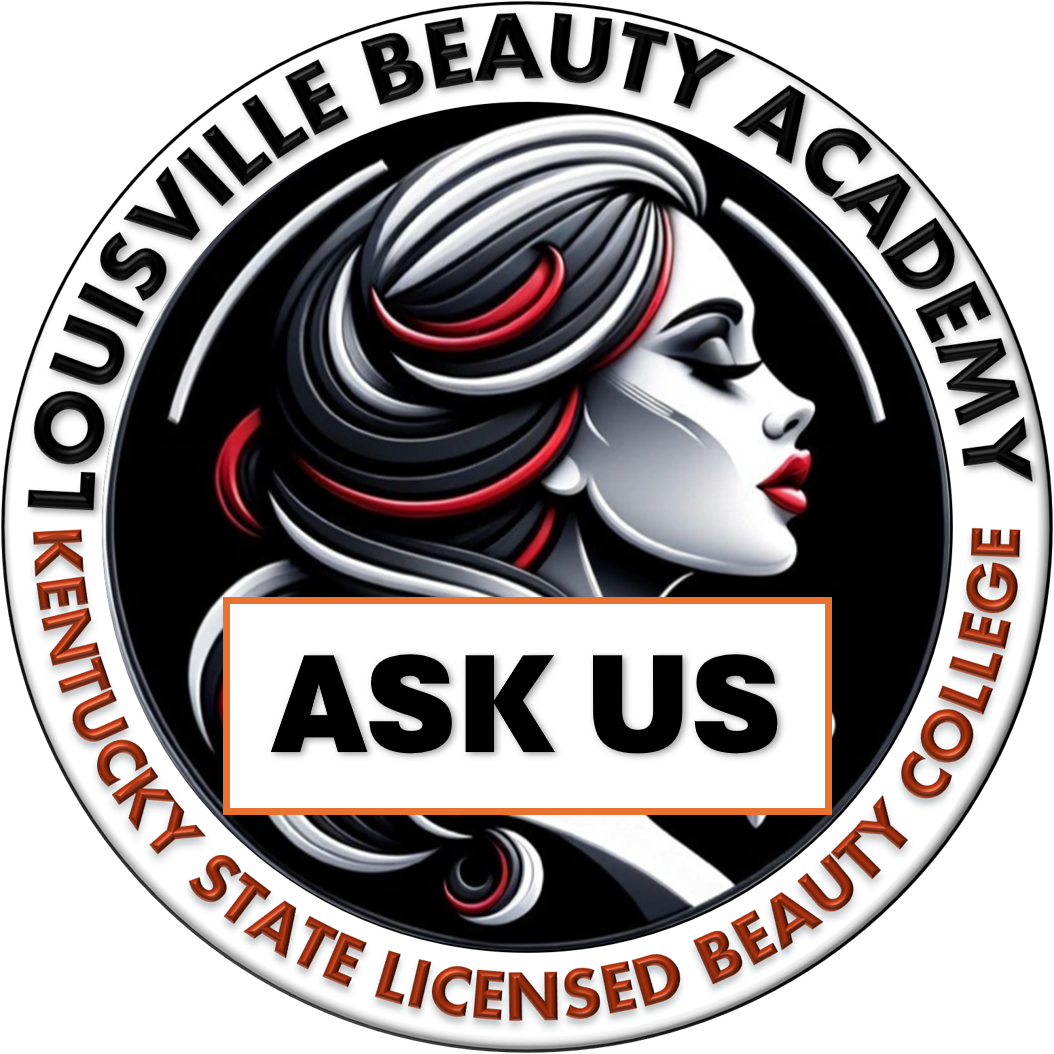In a world rapidly advancing towards automation and robotic services, there remains a profession deeply rooted in human connection, care, and physical touch: nail technology. This career is not just about aesthetics; it is a powerful blend of therapy, personal care, and social connection that addresses both the physical and emotional needs of clients. As we move further into an era dominated by technology, the significance of nail technicians will only grow, affirming their role as essential providers of human services.
The Therapeutic Power of Nail Services
Imagine walking into a nail salon after a stressful day. The environment is warm, the atmosphere inviting, and the technician greets you with a smile. As you settle into your seat, the conversation flows easily—sometimes light-hearted, sometimes profound. Your hands or feet are gently held, massaged, and cared for, and before long, you feel the stress melting away. This is the magic of nail technology, a profession that goes far beyond just applying polish.
In recent years, psychologists and psychiatrists have increasingly recognized the therapeutic value of services like manicures and pedicures. More than just an aesthetic treatment, these services provide a unique environment of care, where the human touch can alleviate loneliness, reduce anxiety, and foster a sense of well-being. As automation takes over more routine tasks, the demand for professions that offer this kind of human connection will only increase. Nail technicians are at the forefront of this movement, providing not just beauty but also a crucial mental health service.
The Heart of the Nail Industry: Immigrant Communities
The nail industry in the United States owes much of its success to immigrant communities, particularly the Vietnamese, who have made affordable, high-quality nail care a mainstream service. It all began in the 1970s when a group of Vietnamese refugees, mostly women, were introduced to the art of nail care by Hollywood actress Tippi Hedren. From these humble beginnings, the Vietnamese community has grown to dominate the industry, bringing affordable and accessible nail care to millions across the country.
Today, the industry continues to flourish, with many more immigrants, including Latinos, entering the field. These individuals share a deep love for the United States and an even deeper love for serving others. Their dedication to their craft and their clients is what makes the nail industry so extraordinary. They are not just providing a service; they are creating environments of care and connection, one client at a time.
Louisville Beauty Academy: A Beacon of Excellence
One of the shining examples of this industry’s impact is Louisville Beauty Academy, a Kentucky State-licensed and State-accredited college founded by Di Tran, a Vietnamese immigrant with over 20 years of experience in the nail industry. Starting in high school, Di Tran has seen firsthand how nail technology can change lives. He has dedicated himself to elevating the profession and training the next generation of nail technicians to not only excel in their craft but also to understand the profound impact they have on their clients’ lives.
Di Tran is also the founder of an AI company and an education college focused on IT, making him uniquely positioned to understand the balance between technology and human connection. He strongly believes that as the world becomes more automated, the nail industry will rise to new heights of importance, bridging the gap between healthcare and beauty. This profession treats not just the body but the mind and soul, making it a vital component of holistic health care.
The Future of Nail Technology: More Than Just Beauty
As we look to the future, the role of nail technicians will continue to expand. They are not just beauticians; they are caregivers, therapists, and community builders. In an increasingly disconnected world, they provide a vital human touch that no machine can replicate. The nail industry is not just surviving in the face of technological advancement—it is thriving, proving that the power of human connection is irreplaceable.
Louisville Beauty Academy and professionals like Di Tran are leading the charge, ensuring that this profession continues to grow and adapt to the changing needs of society. Nail technology is no longer just about making people look good; it is about making them feel good, too. And in a world where mental health is becoming an ever-more pressing concern, the role of the nail technician is more important than ever.
Call to Action
Ready to make a difference in people’s lives while building a rewarding career? Enroll today at Louisville Beauty Academy by texting our enrollment department at 502-615-5531 or emailing study@louisvilleBeautyAcademy.net. Our school is one of the most inclusive, caring, family-affordable, and flexible beauty colleges, where we teach the ‘YES I CAN’ mentality. Join us and become part of a profession that’s not just about beauty—it’s about connection, care, and making a real impact on the world.



